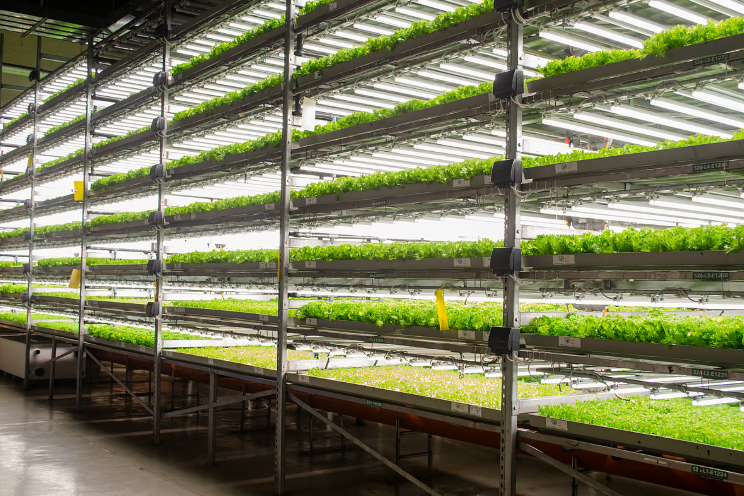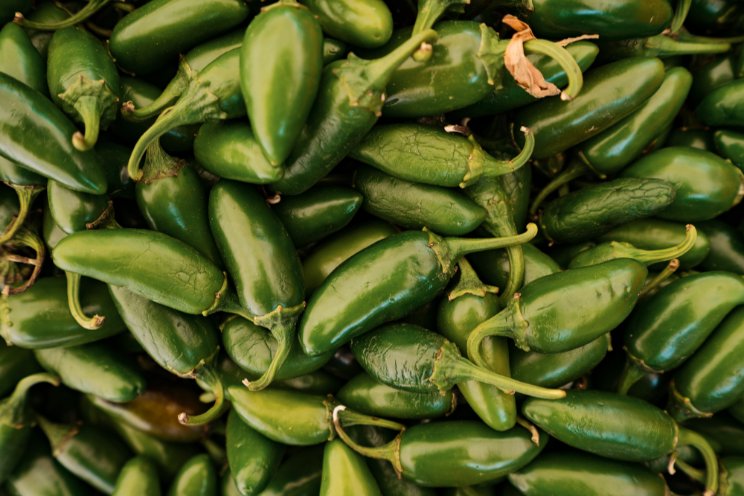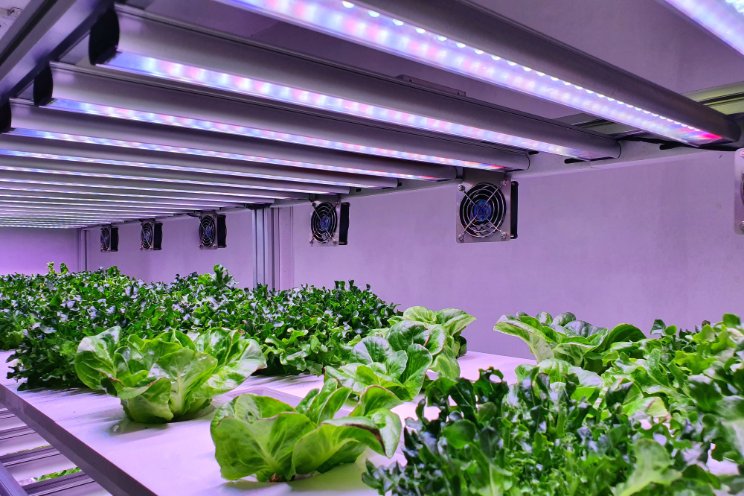Winged robot smaller than a pea could pollinate crops
Added on 06 March 2023

The rise of stimuli-responsive polymers has brought about a wealth of materials for small-scale, wirelessly controlled soft-bodied robots.
Thinking beyond conventional robotic mobilities already demonstrated in synthetic systems, such as walking, swimming and jumping, flying in air by dispersal, gliding, or even hovering is a frontier yet to be explored by responsive materials.
And the researchers are doing just that with a design inspired by the seed of dandelion, resembling several biomimetic features, including high porosity, lightweight form, and separated vortex ring generation under a steady wind flow.
Superior to its natural counterparts, this artificial seed is equipped with a soft actuator made of light-responsive liquid crystalline elastomer, which induces reversible opening/closing actions of the bristles upon visible light excitation.
This incredible shape-morphing enables manual tuning of terminal velocity, drag coefficient, and wind threshold for dispersal.
Photo Courtesy of AgriTech Future
More news















